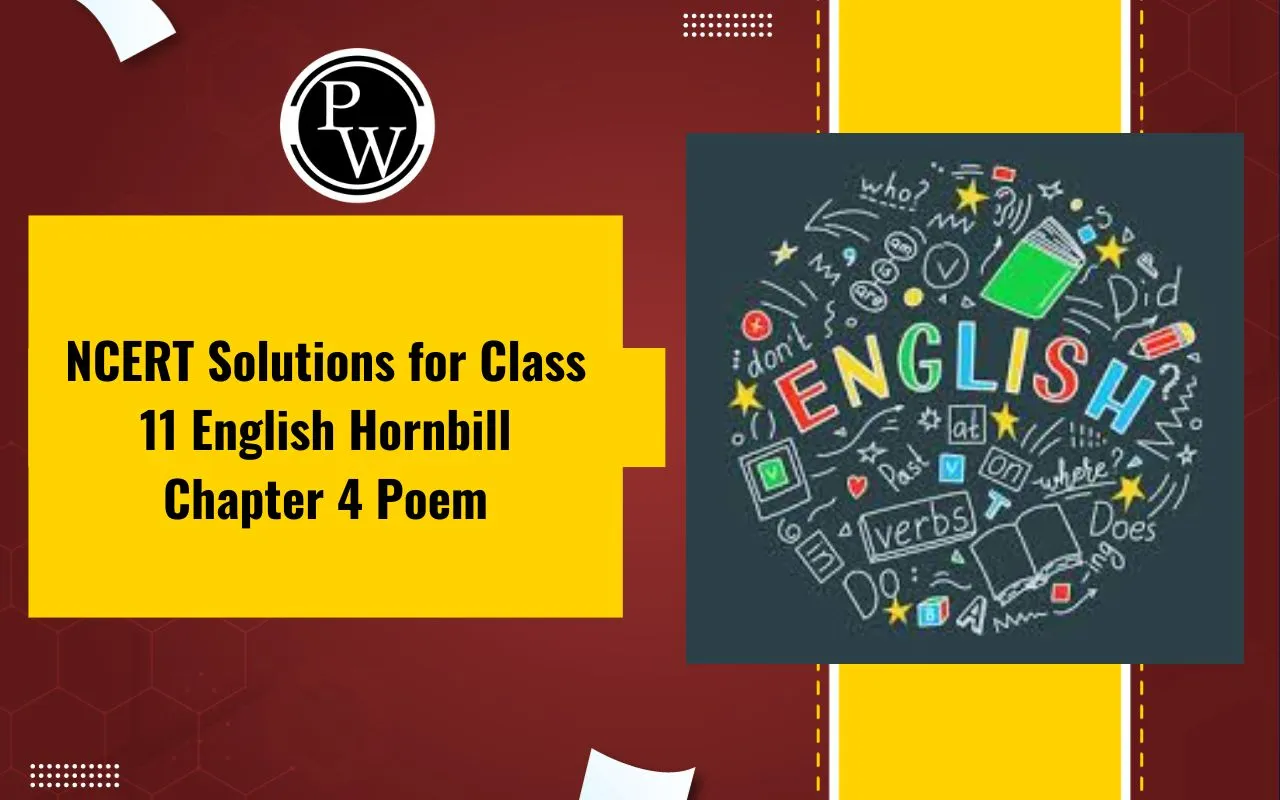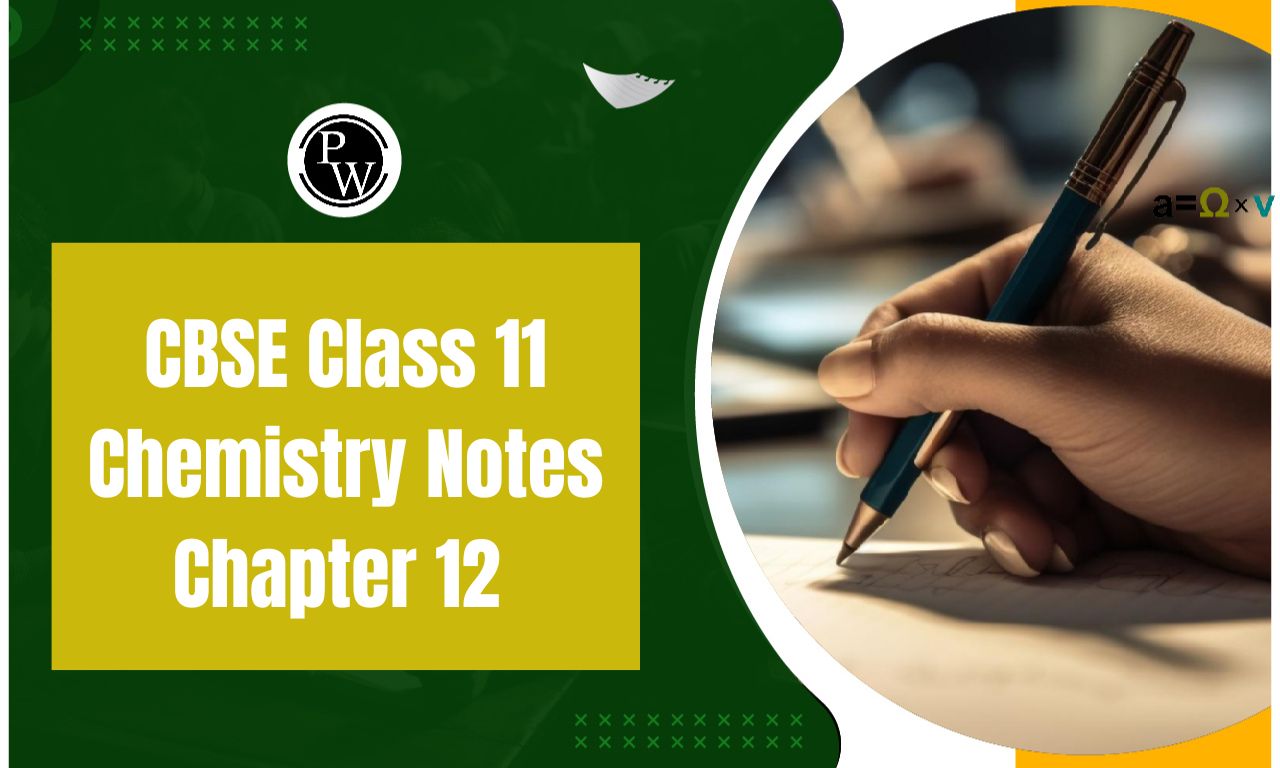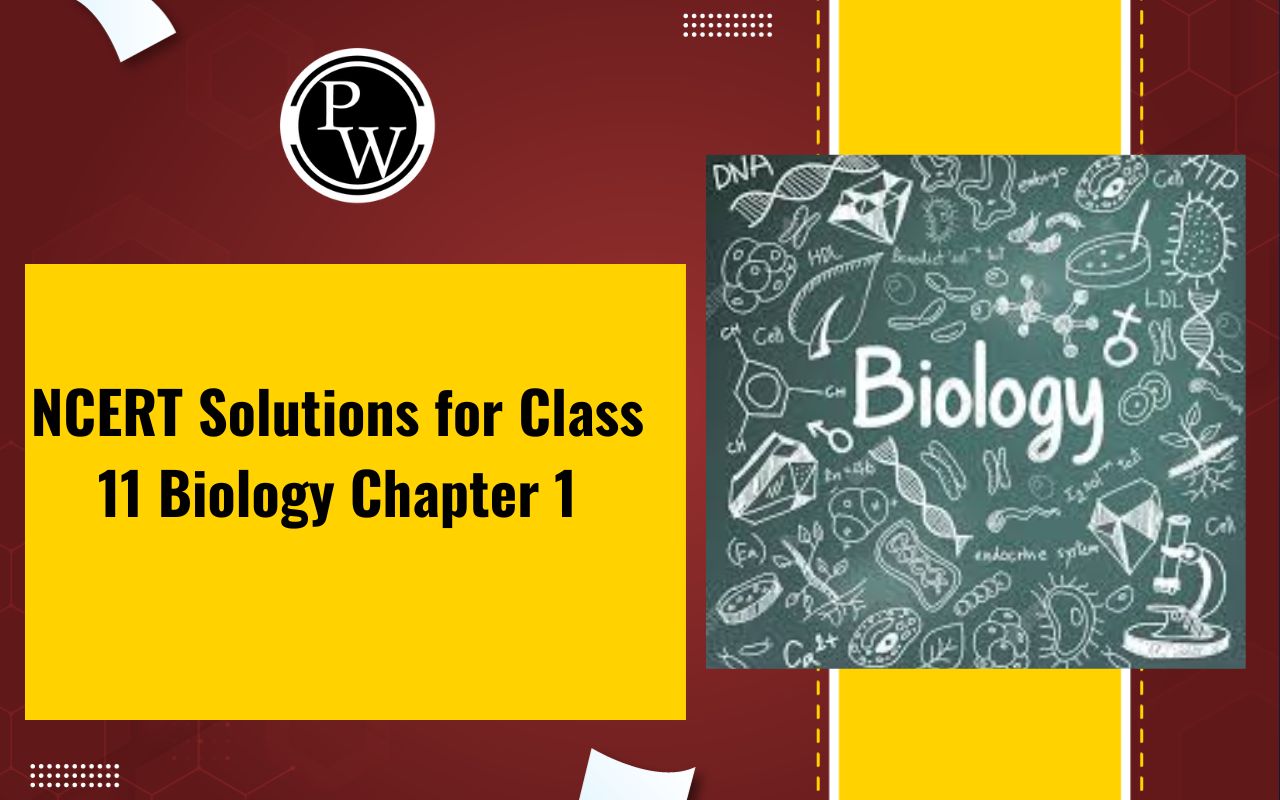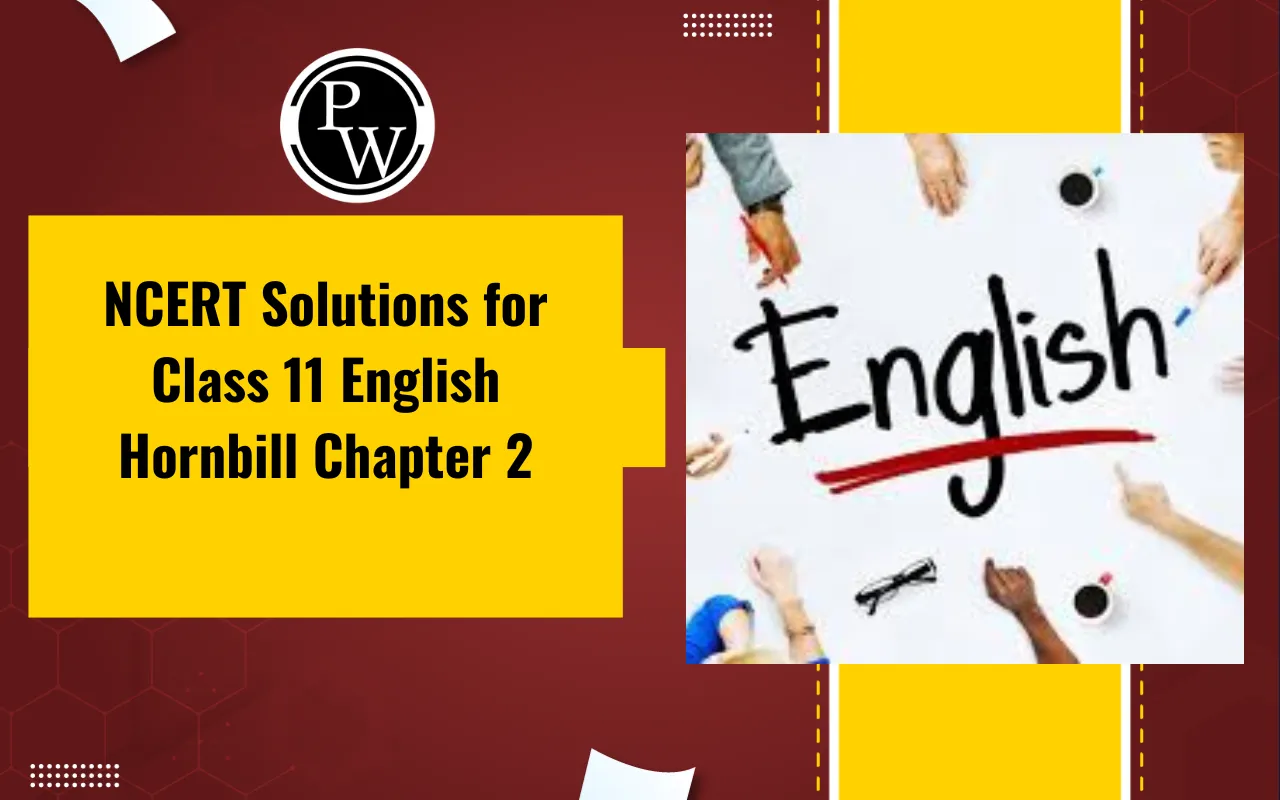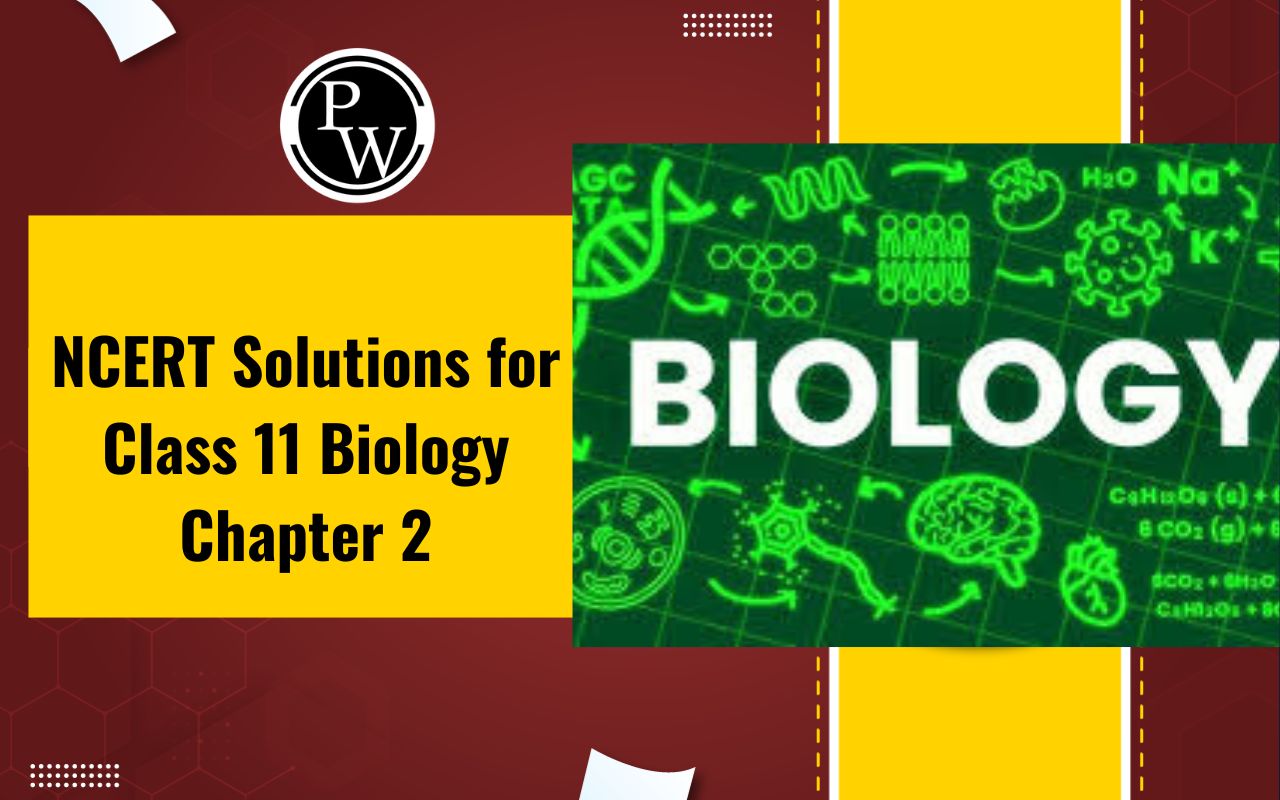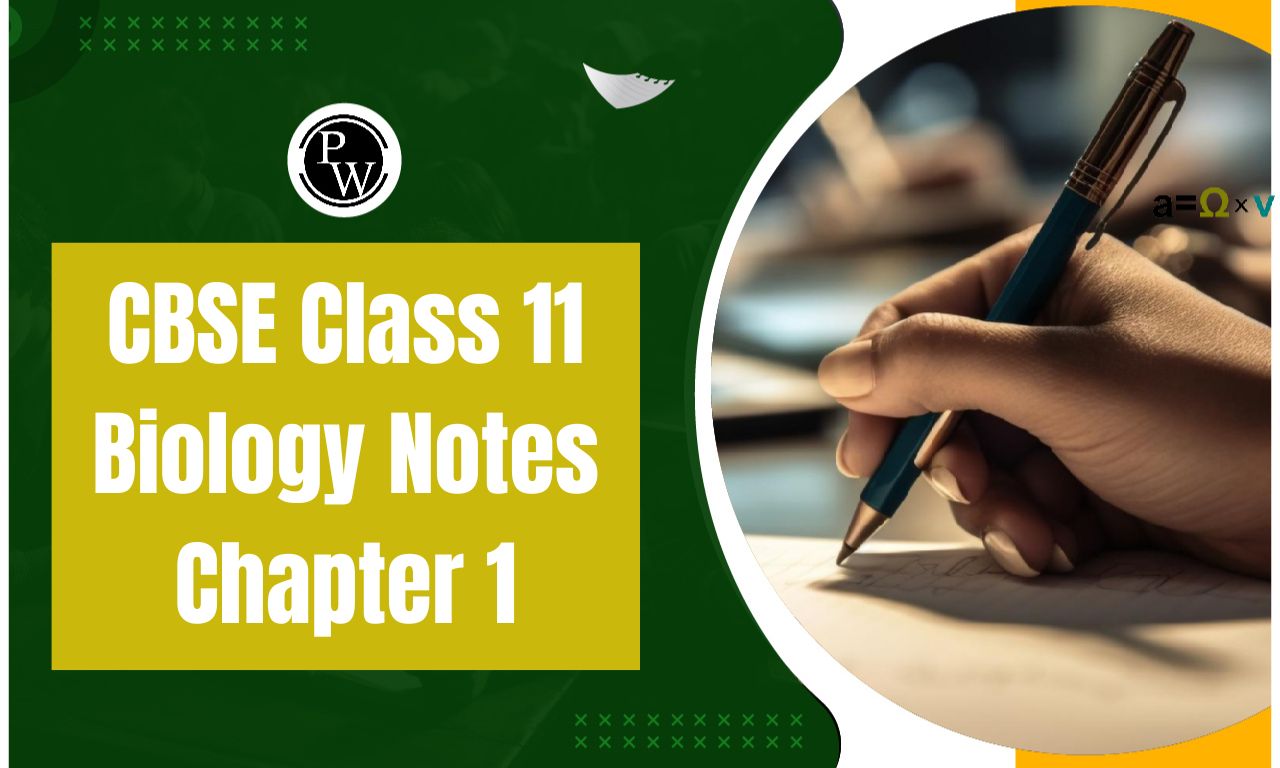
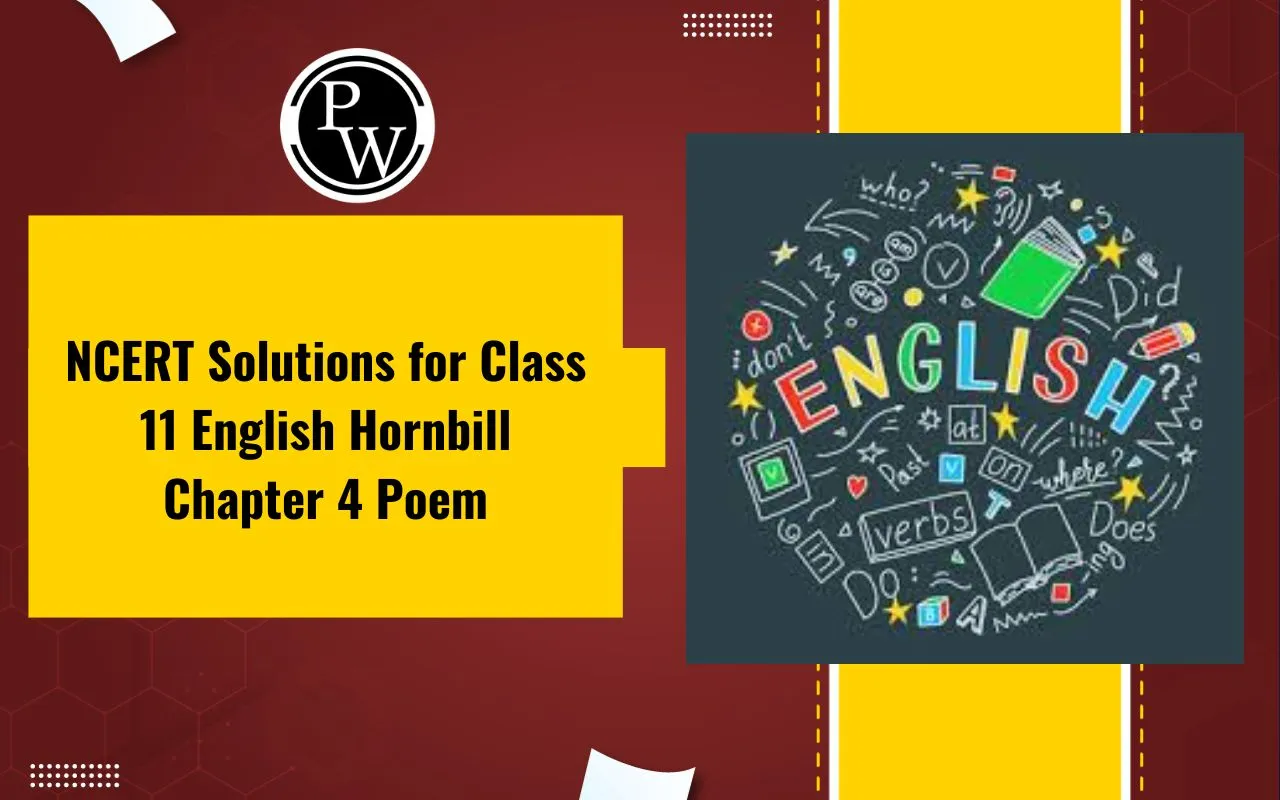
NCERT Solutions for Class 11 English Hornbill Chapter 4 Poem: "The Voice of the Rain" by Walt Whitman is a conversation between the poet and the rain, where the rain introduces itself as the "Poem of Earth."
It explains its perpetual cycle - rising as vapor, forming clouds, and returning to earth as life-giving rain.
The poem highlights nature’s beauty and the interconnectedness of all elements. Whitman draws a parallel between rain and poetry, emphasizing their role in nurturing life and enriching the world.
The poem conveys a deep appreciation for nature’s cyclical processes and the eternal contribution of both rain and poetry to human existence.
NCERT Solutions for Class 11 English Hornbill Chapter 4 Poem Overview
NCERT solutions for The Voice of the Rain help students understand the poem’s themes, literary devices, and significance. The solutions provide a detailed explanation of Walt Whitman’s depiction of the rain’s life cycle and its poetry comparison.
By analyzing the poem, students grasp the importance of nature’s rhythms and the continuous cycle of renewal.
These solutions enhance comprehension, improve answer-writing skills, and prepare students for exams effectively. They also encourage a deeper appreciation of poetry and its philosophical meanings, making learning engaging and insightful for students studying Class 11 English.
NCERT Solutions for Class 11 English Hornbill Chapter 4 Poem PDF
Below, we have provided the NCERT Solutions for Class 11 English Hornbill Chapter 4 Poem – "The Voice of the Rain" in a PDF format for easy access.
These solutions include a detailed explanation of the poem, important questions and answers, and an analysis of literary devices. The PDF will help students understand key concepts, improve comprehension, and prepare effectively for exams. Download it now for a complete study guide!
NCERT Solutions for Class 11 English Hornbill Chapter 4 Poem PDF
NCERT Solutions for Class 11 English Hornbill Chapter 4 Poem The Voice of the Rain
Below is the NCERT Solutions for Class 11 English Hornbill Chapter 4 Poem The Voice of the Rain -
I. 1. There are two voices in the poem. Who do they belong to? Which lines indicate this?
Answer:
The poem contains two voices. The first is of the rain, and the second is of the poet himself.
“And who art thou? Said I to the soft-falling shower,” is the voice of the poet and “I am the Poem of Earth, said the voice of the rain” is the voice of rain.
2. What does the phrase “strange to tell” mean?
Answer:
The phrase refers to a peculiar phenomenon, as the raindrop responds to the poet’s questions.
3. There is a parallel drawn between rain and music. Which words indicate this? Explain the similarity between the two.
Answer:
The rain calls itself the "Poem of Earth," showing a connection between rain and poetry.
The poet compares them by looking at how rain moves through its cycle. Just like poetry comes from a poet’s thoughts, rises, and then reaches people, rain also rises from the earth, forms clouds, and returns to the ground to complete its journey.
4. How is the cyclic movement of rain brought out in the poem? Compare it with what you have learnt in science.
Answer:
In the poem, water rises from the land and deep sea into the sky. It turns into water vapor, forms clouds, and then falls back to the earth as rain. This rain removes dryness and eventually returns to its original source. This cycle of rain is similar to what we learn in science as the process of precipitation, where water keeps moving between the earth and the sky.
5. Why are the last two lines put within brackets?
Answer:
The last two lines are the poet’s thoughts or observations, not part of the conversation between the poet and the rain. That’s why they are placed in brackets—to show that they are separate from the dialogue and express a general idea instead of something spoken by the rain or the poet.
6. List the pairs of opposites found in the poem.
Answer:
(a) Day, night
(b) Reck’d, unreck’d
(c) Rise, descend
II. Notice the following sentence patterns.
1. And who art thou? said I to the soft-falling shower.
Answer:
I enquired the soft-falling rain about its identity.
2. I am the Poem of Earth, said the voice of the rain.
Answer:
The voice of the rain introduced itself as the Poem of Earth.
3. Eternal I rise
Answer:
Upward movement of the rain (towards sky) is eternal.
4. For song… duly with love returns
Answer:
The poet says that, similar to the natural cycle of the rain, a song originates from the heart of the poet, travels to reach others and after fulfilling its purpose (whether acknowledged or not), it returns to the poet with all due love.
III. Look for some more poems on the rain and see how this one is different from them
Answer:
Do it yourself.
Benefits of Using NCERT Solutions for Class 11 English Hornbill Chapter 4 Poem
Using NCERT solutions for The Voice of the Rain by Walt Whitman offers several advantages for students, helping them understand the poem deeply and improving their overall English learning experience. Below are some key benefits:
1. Comprehensive Understanding of the Poem
-
NCERT solutions provide a line-by-line explanation of the poem, making it easier to grasp its meaning.
-
They explain the theme, symbolism, and poetic devices used by the poet.
-
The solutions help students understand the connection between rain and poetry as presented in the poem.
2. Clarification of Difficult Words and Phrases
-
The poem uses poetic language that might be difficult to interpret.
-
NCERT solutions simplify difficult words, phrases, and expressions, helping students understand the poet’s message clearly.
-
They explain why the rain calls itself the ‘Poem of Earth’ and its significance.
3. Helps in Exam Preparation
-
The solutions include important questions and answers that are often asked in exams.
-
They provide model answers, helping students learn the correct way to frame responses.
-
By studying these solutions, students can score better in exams by writing well-structured and accurate answers.
4. Enhances Analytical Thinking
-
The poem encourages students to think deeply about nature and its role in life.
-
NCERT solutions help students develop their analytical and critical thinking skills by guiding them through the deeper meaning of the poem.
-
Students learn to compare the cycle of rain with the process of poetry, understanding the poet’s philosophy.
5. Strengthens Answer-Writing Skills
-
The solutions provide well-structured answers with proper explanations.
-
They follow the CBSE marking scheme, ensuring students learn the best way to answer different types of questions.
-
Practicing these answers helps students write clearly and concisely.
NCERT Solutions for Class 11 English Hornbill Chapter 4 Poem FAQs
Who is the poet of The Voice of the Rain?
What is the poem about?
Why does the rain call itself the "Poem of Earth"?
What is the main theme of the poem?

